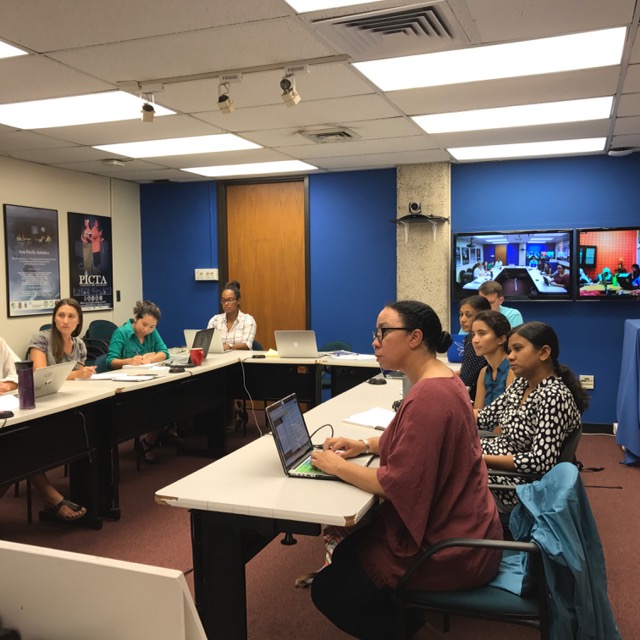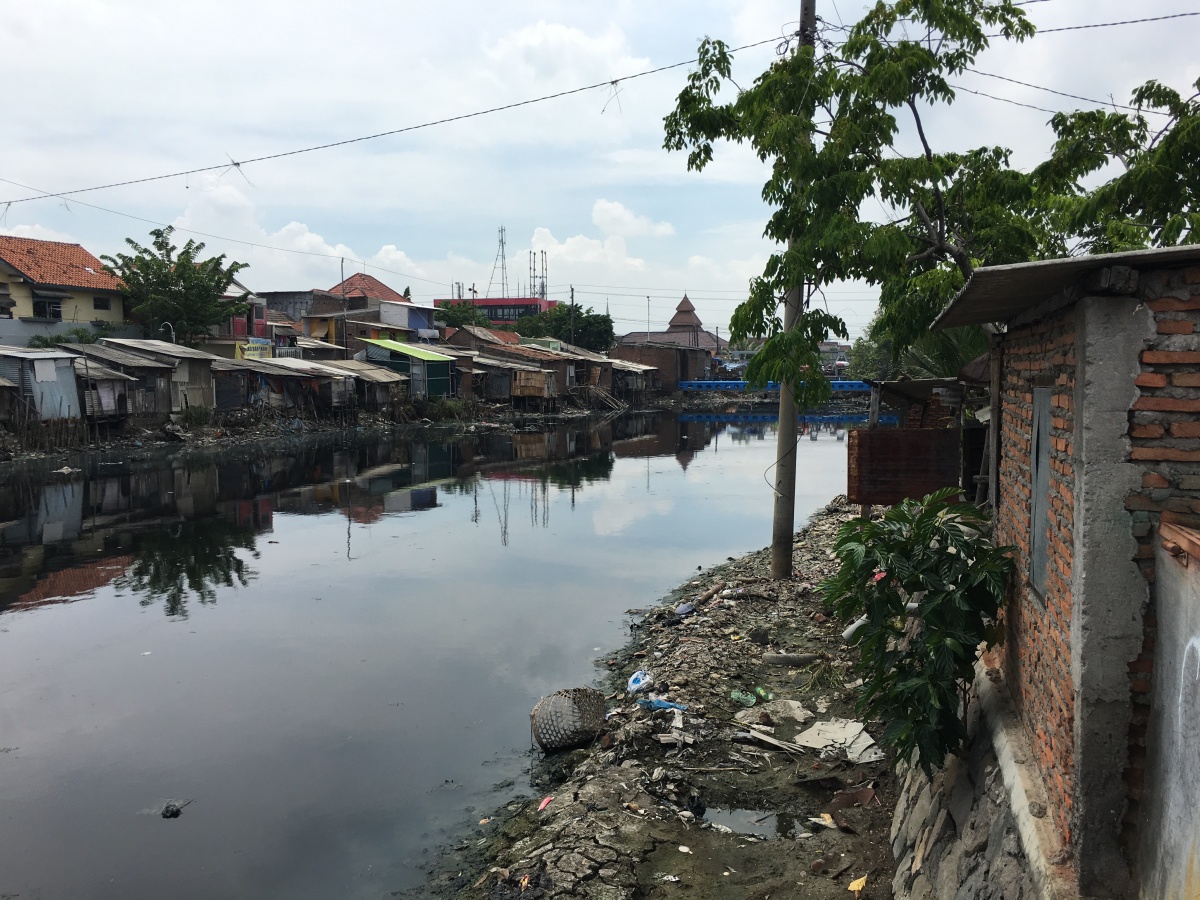Blog post by Micah Fisher, Learning from Disasters
Planning students at the University of Hawaii are required to complete a practicum course to complete a master’s degree. These are intensive engagement on a planning concept that looks at implementation and action. This semester students in the practicum course have a unique opportunity to collaborate with a Universitas Diponegoro studio on a project focused on flooding in Semarang, Indonesia. The posts for the coming weeks will be about the action research undertaken by students in this joint multicultural setting.
Semarang has been identified as a 100 Resilient City by the Rockefeller Foundation, who is supporting cities around the world become more resilient to the physical, social and economic challenges that are a growing part of the 21st century. In 2013, Semarang along with 33 other cities around the world was identified as part of the Resilient City Network as cities that had implemented innovative programs.
The Semarang Resilient City Initiative have developed a set of strategies to address a diverse range of issues including tidal flooding and flash floods, sanitation and waste management, congestion, and unemployment.
In developing a theme for the 2016 Fall Practicum faculty decided to build on the USAID project “Building Resilience through Training” and focus on flooding as this is one of the most critical disaster issues in Indonesia. In partnership with Universitas Dionegoro we agreed that this could be a joint focus of the UH planning practicum and the Diponegoro studio course. First however, the UH students conducted some practice interviews in the Hauula community in Oahu.
The Semarang Resilience Team identified the community of Kemijen for the students to study, conduct a vulnerability assessment and present potential action steps. Kemijen is a community that is vulnerable to flooding and subsidence, and we will be describing the vulnerabilities of this cite in upcoming posts.
The practicum students have been meeting via video tele-conferencing with faculty, students and the Resilient Semarang team and doing in-depth research for two months prior to visiting Semarang. The research has included multidisciplinary approaches to development challenges in terms of infrastructure, poverty, the environment, regional governance, and climate change. Part of the course included vulnerability workshops and assessments in Hawaii and in Semarang.

By looking at the case of Semarang and flood management, this course helps to think about moving from strategy to action by evaluating the programs that Semarang has undertaken and helping to formulate action plans going forward. UH students will be arriving in the first week of November and we look forward to sharing this action research initiative in upcoming posts.

